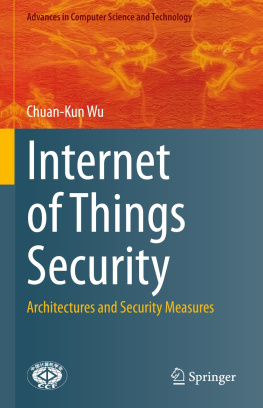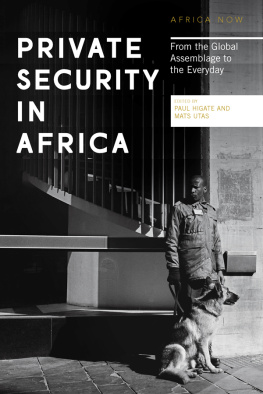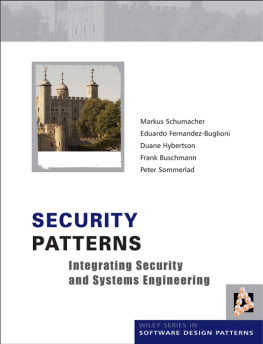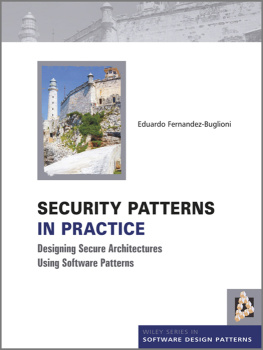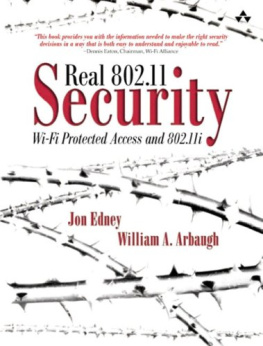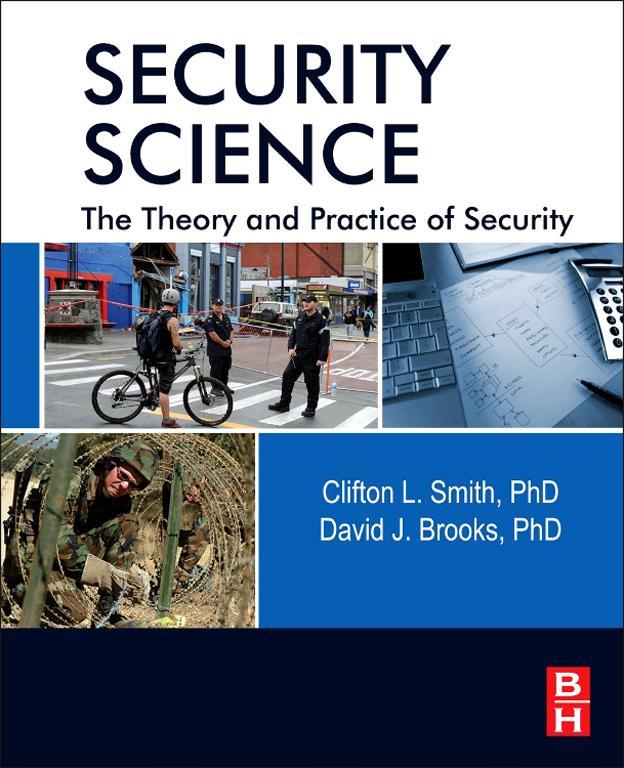Copyright
Acquiring Editor: Pamela Chester
Editorial Project Manager: Amber Hodge
Project Manager: Priya Kumaraguruparan
Designer: Alan Studholme
Butterworth-Heinemann is an imprint of Elsevier
225 Wyman Street, Waltham, MA 02451, USA
The Boulevard, Langford Lane, Kidlington, Oxford, OX5 1GB, UK
2013 Elsevier Inc. All rights reserved.
No part of this publication may be reproduced or transmitted in any form or by any means, electronic or mechanical, including photocopying, recording, or any information storage and retrieval system, without permission in writing from the publisher. Details on how to seek permission, further information about the Publishers permissions policies and our arrangements with organizations such as the Copyright Clearance Center and the Copyright Licensing Agency, can be found at our website: www.elsevier.com/permissions.
This book and the individual contributions contained in it are protected under copyright by the Publisher (other than as may be noted herein).
Notices
Knowledge and best practice in this field are constantly changing. As new research and experience broaden our understanding, changes in research methods or professional practices, may become necessary. Practitioners and researchers must always rely on their own experience and knowledge in evaluating and using any information or methods described herein. In using such information or methods they should be mindful of their own safety and the safety of others, including parties for whom they have a professional responsibility.
To the fullest extent of the law, neither the Publisher nor the authors, contributors, or editors, assume any liability for any injury and/or damage to persons or property as a matter of products liability, negligence or otherwise, or from any use or operation of any methods, products, instructions, or ideas contained in the material herein.
Library of Congress Cataloging-in-Publication Data
Application submitted
British Library Cataloguing-in-Publication Data
A catalogue record for this book is available from the British Library.
ISBN 978-0-12-394436-8
For information on all ButterworthHeinemann publications visit our website at store.elsevier.com
Printed in the United States of America
13 14 10 9 8 7 6 5 4 3 2 1

Dedication
To my dearest wife Maree and daughters Fiona and Amanda who always supported me in my endeavors.
To Professor John De Laeter who showed me how to be a scientist.
Clifton L. Smith
To my darling wife Glenda, for the hours that this work has taken me from you. You are still my world.
To Professor Clifton Smith, coauthor and mentor, who inspired me to reach this place.
To my Australian and United Kingdom families, my foundation.
David J. Brooks
Acknowledgments
We wish to express our gratitude to a number of people and organizations who have assisted us by thought and deed over the duration of the planning, development, and production of this book.
Mr. Jeffery Corkill, who was always willing and able to provide us with his detailed knowledge of intelligence and input into the future of security.
Mr. Chris Cubbage from MySecurity, who provided valuable comment and was always most optimistic about the validity of this book.
Professor Martin Gill from Perpetuity Research for his contribution of support in the Foreword of this book.
Professor Rick Sarre of the University of South Australia for providing valuable feedback on portions of the book.
Mr. Bruce Braes for being a sounding board for security risk management, business continuity, and his considerable research into organizational resilience.
Pam Chester, our acquisition editor, who acknowledged the value of our idea in writing this book, and her very supportive staff.
To the (too few) academics striving to elevate this unique area of security into a true discipline.
Finally, to the progressive security practitioners who strive to improve their industry for those following behind.
About the Authors
Professor Clifton L. Smith, PhD, MAppSc (Phys)
Dr. Clifton Smith is currently an honorary professor at the Electron Science Research Institute at Edith Cowan University (ECU), and a visiting professor at the Imaging Group at Nottingham Trent University (NTU). He initiated the establishment of the Australian Institute of Security and Applied Technology at ECU in 1987, and he developed research profiles in security imaging, biometric imaging, ballistics identification, infrared sensing, and security education. Over the duration of a decade, Clifton developed the first bachelor of science (security) program in Australia, a BSc (security) honors degree, a masters of science (security science) research degree, and a doctor of philosophy (security science) research degree. In 2004, Professor Smith established the Security Systems Research and Test Laboratory at ECU for the design and testing of security technology. The security systems evaluated and tested included intelligent CCTV and access control through biometric systems. In 2005, Professor Smith developed the masters of security management coursework degree, which is now delivered online to all continents. Dr. Smith retired from ECU in 2006, and continues to supervise PhD students at ECU and NTU in security-related topics.
Dr. David J. Brooks, PhD, MSc (Security Science), BSc (Security), ADipEng (Electronics)
Dave has a 33-year security career having served in the U.K. Royal Air Force, held positions in the Australian Department of Defence, as an academic at Edith Cowan University (ECU), with private security consultancies, and currently for WorleyParsons as a project manager of security. During his career, Dave has worked in all parts of the security industry gaining insight that such experience provides.
Dave maintains a role as a research leader within the Security Research Institute at ECU, specializing in security knowledge, security risk management, technology evaluation, and security decay. He is the academic chair and editor of ECUs annual Security and Intelligence Conference and is on the editorial committee of the Security Journal. Dave has a PhD in security risk management, a masters by research on psychometric risk, and a bachelor of science (security).
Foreword
Martin Gill
It is possible that on a list of all the topics of central importance to our well-being and yet have been subjected to a low amount of scholarly research, security would appear near the top. Indeed, there have been few good attempts to develop the science of security, not because there are not good scientists interested in security, but it is more that by and large they have written different types of books. This is why this text is important. It is written by two leading researchers, indeed household names in security research, who are able to speak the language of both science and security.


